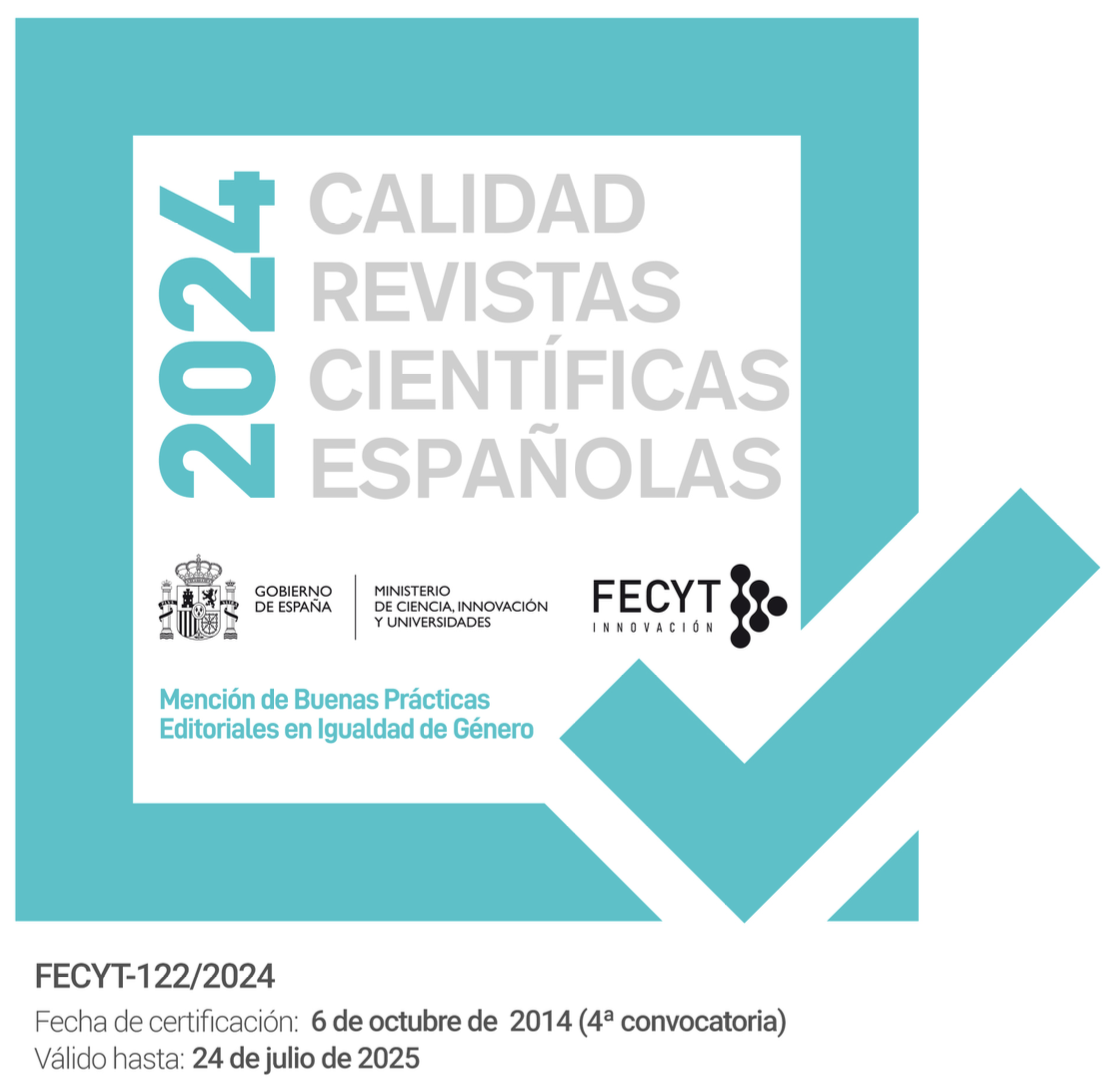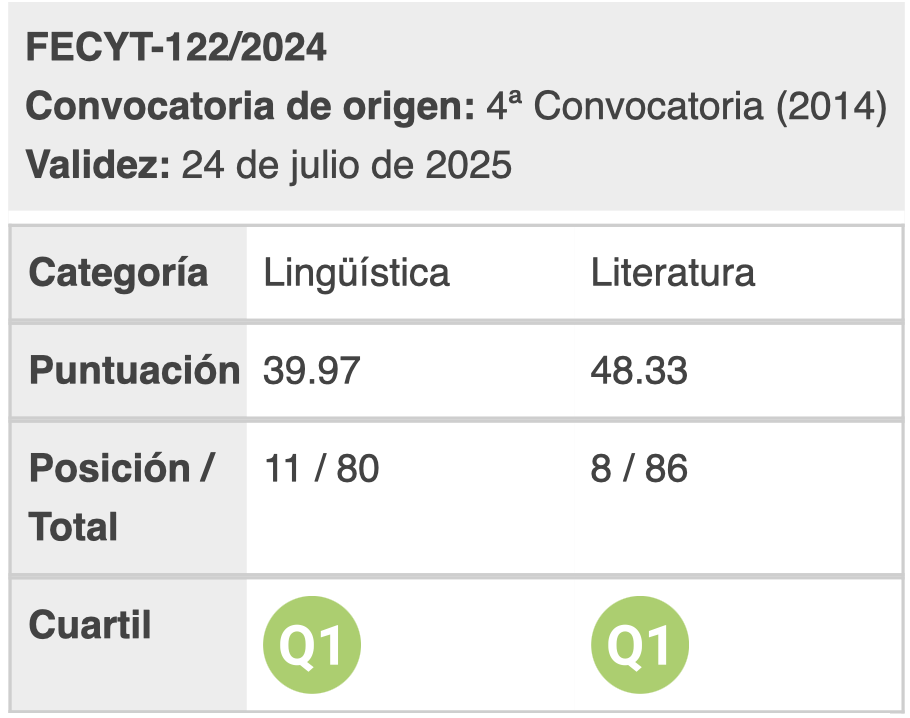Uncaged Angels: Ecofeminist Literary Ornithology as Citizen Science in the Nineteenth Century
DOI:
https://doi.org/10.28914/Atlantis-2024-46.1.05Abstract
This article examines how women’s ornithological literature facilitated their participation in scientific research and political activism in the nineteenth century. Despite the many confining associations between women and birdcage imagery in Victorian culture, female involvement in the observation of birds was instrumental in the period’s transferring of women’s activity from the private to the public sphere in Britain, the United States and colonial South Africa. By focusing on birdwatching as an early form of what Alan Irwin defines as citizen science (1995), it is possible to explore how women’s ornithological nature writing encouraged environmental advocacy, thus fomenting female autonomous expression in the male-dominated field of natural history. The texts analysed here therefore anticipated ecofeminist approaches to avifauna, allowing for women’s subversive excursions into nature which dissolved the restrictions of the normative ‘angel in the house’.
Downloads
References
Adams, Carol J. (1994) 2018. Neither Man nor Beast: Feminism and the Defense of Animals. Oxford: Bloomsbury.
— and Josephine Donovan. 1995a. Introduction to Animals and Women: Feminist Theoretical Explorations. In Adams and Donovan 1995b, 1-9.
— and Josephine Donovan, eds. 1995b. Animals and Women: Feminist Theoretical Explorations. London: Duke UP.
Adkins, Peter and Wendy Parkins. 2018. “Introduction: Victorian Ecology and the Anthropocene.” Interdisciplinary Studies in the Long Nineteenth Century 19 (26): 1-15.
Albanese, Catherine. 1977. Corresponding Motion: Transcendental Religion and the New America. Philadelphia: Temple UP.
Allen, David Elliston. 1976. The Naturalist in Britain: A Social History. London: Penguin.
Anderson, Lorraine and Thomas S. Edwards, eds. 2002. At Home on this Earth: Two Centuries of U. S. Women’s Nature Writing. Hanover: UP of New England.
Bailey, Florence Merriam. 1889. Birds through an Opera Glass. New York: Chautauqua. Barber, Mary Elizabeth. 1871. “On the Fertilization and Dissemination of Duvernoia Adhatodoides.” Journal of the Linnean Society (Botany) 11: 469-72.
—. 1878. “On the Peculiar Colours of Animals in Relation to Habits of Life.” Transactions of the South African Philosophical Society 4: 27-45.
—. 1886. “A Plea for Insectivorous Birds: A Paper by Mrs Barber” Grahamstown Journal 58 (6930): 3-12.
Beinart, William. 2003. The Rise of Conservation in South Africa: Settlers, Livestock, and the Environment 1770-1950. New York: Oxford UP.
Bending, Lucy. 2000. The Representation of Bodily Pain in Late Nineteenth-Century English Culture. London: Oxford UP.
Bentham, Jeremy. 1838. The Works of Jeremy Bentham, Vol. 1. John Bowring, ed. Edinburgh: Simpkin, Marshall & Co.
Black, Hortensia. 1896. “To the Rescue of Birds”. Papers Presented to the World’s Congress on Ornithology. Chicago: Charles H. Sergel Co., 171-78.
Boase, Tessa. 2018. Mrs Pankhurst’s Purple Feather: Fashion, Fury and Feminism – Women’s Fight for Change. London: Aurum.
Bonta, Marcia, ed. 1995b. American Women Afield: Writings by Pioneering Women Naturalists. College station: Texas A&M UP.
—. 1985. “Graceanna Lewis: Portrait of a Quaker Naturalist.” Quaker History 74 (1): 27-40. Breton, Mary Joy. 1998. Women Pioneers for The Environment. Lebanon: UP of New England.
Brontë, Charlotte. (1847) 1992. Jane Eyre. London: Wordsworth Classics.
Brooks, Paul. 1980. “Birds and Women.” Audubon Magazine, 82 (5): 88-97.
Cardozo, Ann Elisabeth Laksfoss. 2021. “Report on Historical Development of Bird Counting Activities in Europe.” Foundations of Bird Counting Activities. Citizen Science for Environmental Citizenship: Backyard Birding and the Potential for Cultivating Green Engagement. Deliverable 1.2 of European project EnviroCitizen: Citizen Science for Environmental Citizenship (GA 872557).
Carson, Rachel. (1962) 2002. Silent Spring. Boston: Houghton Mifflin Company. Cohen, Alan. 2000. “Mary Elizabeth Barber: South Africa’s First Lady Natural Historian.” Archives of Natural History 27 (2): 187-208.
Cooper, Susan Fenimore. (1878) 2002. “Ostego Leaves I: Birds Then and Now.” In Anderson and Edwards 2002. 34-41.
—. Rural Hours. (1850) 1968. New York: Syracuse UP, 1968.
Danahay, Martin A. 2007. “Nature Red in Hoof and Paw: Domestic Animals and Violence in Victorian Art.” In Denenholz and Danahay 2007, 97-121.
Darwin, Charles. (1859) 1909. [On] The Origin of Species. New York: P. F. Collier & Son. —. (1871) 2007. The Descent of Man, and Selection in Relation to Sex: The Concise Edition. London: Penguin.
Donald, Diana. 2020. Women Against Cruelty: Protection of Animals in Nineteenth-Century Britain. London: Manchester UP.
Donovan, Josephine. 1990. “Animal Rights and Feminist Theory.” Signs, 15 (2): 350- 75.
Flood, Allison. 2021. “Emily Brontë’s Handwritten Poems Are Highlight of ‘Lost Library’ Auction.” The Guardian, 25 May. [Accessed November 30, 2021]. Forbes, Linda and John Jermier. 2002. “The Institutionalization of Bird Protection: Mabel Osgood Wright and the Early Audubon Movement.” Organization & Environment, 15 (4): 458-65.
Gaarder, Emily. 2011. Women and the Animal Rights Movement. London: Rutgers UP. Gates, Barbara. 2007. “Why Victorian Natural History?” Victorian Literature and Culture, 35 (2): 539-49.
Graham, Frank, Jr. 1990. The Audubon Ark: A History of the National Audubon Society. Austin: U of Texas P.
Gregory, James. 2007. Of Victorians and Vegetarians: The Vegetarian Movement in Nineteenth-Century Britain. London: Tauris Academic Studies.
Hammel, Tanja. 2015. “Thinking with Birds: Mary Elizabeth Barber’s Advocacy for Gender Equality in Ornithology.” Kronos, 45 (1): 85-111.
Hanaford, Phebe Anne. 1876. Daughters of America; or, Women of the Century. Augusta: B. B. Russell.
Irwin, Alan. 1995. Citizen Science: A Study of People, Expertise and Sustainability. London: Routledge.
Jewett, Sarah Orne. 1881. Country By-Ways. Boston: Houghton Mifflin.
Jones, David. 1968a. Introduction to Rural Hours. In Jones 1968b, 11-38.
—, ed. 1968b. Rural Hours. New York: Syracuse UP.
Jørgensen, Finn Arne and Dolly Jørgensen. 2021. “Citizen Science for Environmental Citizenship.” Conservation Biology, 35 (4), 1344-47.
Kennedy Bostian, Patricia. 2007. “Graceanna Lewis.” In Patterson et al. 2007, 254- 61.
Kreilkamp, Ivan. 2005. “Petted Things: Wuthering Heights and the Animal.” The Yale Journal of Criticism 18 (1): 87 110.
Lansbury, Coral. 1985. The Old Brown Dog: Women, Workers and Vivisection in Edwardian England. Madison: U of Wisconsin P.
Layard, Edgar Leopold. 1867. Birds of South Africa: A Descriptive Catalogue of All the Known Species Occurring South of the 28th Parallel of South Latitude. Cape Town: Juta.
—. 1869. “VI. Further Notes on South-African Ornithology.” Ibis, A Quarterly Journal of Ornithology, 5 (17): 74-77.
Lewis, Graceanna. 1871. “The Lyre Bird.” The American Naturalist: A Popular Illustrated Magazine of Natural History, 4: 321-31.
—. 1877. The Development of the Animal Kingdom: A Paper Read at the Fourth Meeting of the Association for the Advancement of Woman. Nantucket: Hussey & Robinson.
—. (1896) 1995. “Birds and Their Friends.” In Bonta 1995b, 9-17.
Luke, Brian. 1995. “Taming Ourselves of Going Feral? Toward a Non-Patriarchal Metaethic of Animal Liberation.” In Adams and Donovan 1995, 290-320.
Marchbanks, Paul. 2006. “Jane Air: The Heroine as Caged Bird in Charlotte Brontë’s Jane Eyre and Alfred Hitchcock’s Rebecca.” Revue LISA/LISA, 4 (4): 118-30.
Miller, John. 2012. Empire and the Animal Body: Violence, Identity and Ecology in Victorian Adventure Fiction. London/New York: Anthem.
Mitford-Barberton, I. and V. White. 1968. Some Frontier Families: Biographical Sketches of 100 Eastern Province Families Before 1840. Cape Town: Human & Rousseau.
Moine, Fabienne. 2015. Women Poets in the Victorian Era: Cultural Practices and Nature Poetry. London: Routledge.
Morse, Deborah Denenholz and Martin A. Danahay. 2007a. Introduction to Victorian Animal Dreams: Representations of Animals in Victorian Literature and Culture. In Denenholz and Danahay 2007b. 1-13.
— and Martin A. Danahay, eds. 2007b. Victorian Animal Dreams: Representations of Animals in Victorian Literature and Culture. Hampshire: Ashgate.
Moss, Stephen. 2004. A Bird in the Bush: A Social History of Birdwatching. London: Aurum.
Murphy, Patricia. 2019. Reconceiving Nature: Ecofeminism in Late Victorian Women’s Poetry. Columbia: U of Missouri P.
Murphy, Patrick. 1995. Literature, Nature, and Others: Ecofeminist Critiques. Albany: State U of New York P.
Musil, Robert K. 2014. Rachel Carson and Her Sisters: Extraordinary Women Who Have Shaped America’s Environment. London: Rutgers UP.
Patterson, Daniel, Roger Thompson, and J. Scott Bryson, eds. 2007. Early American Nature Writers: A Biographical Encyclopedia. Westport: Greenwood.
Rose, Anne C. 1992. Victorian America and the Civil War. Cambridge: Cambridge UP.
Saudo-Welby, Nathalie. 2017. “Learning from Nature: Feminism, Allegory and Ostriches in Olive Schreiner’s The Story of an African Farm (1883).” Becoming Animal, 85. [Accessed April 22, 2022].
Schiebinger, Londa. 1987. “The History and Philosophy of Women in Science: A Review Essay.” Signs, 12 (2): 305-32.
Scholtmeijer, Marian. 1995a. “The Power of Otherness: Animals in Women’s Fiction.” In Adams and Donovan 1995b, 231-63.
Schreiner, Olive. (1883) 1890. The Story of an African Farm: A Novel. Boston: Roberts Brothers.
Shefer, Elaine. 1991. “The ‘Bird in the Cage’ in the History of Sexuality: Sir John Everett Millais and William Holman Hunt.” Journal of the History of Sexuality, 1 (3): 446-80.
Skilbeck, M. 2021. Loving and Studying Nature: Celebrating the Earth through History, Culture and Education. Berlin: Springer.
Smith, Jonathan. 2006. Charles Darwin and Victorian Visual Culture. London: Cambridge UP.
Sweet, Timothy. 2010. “Global Cooperstown: Taxonomy, Biogeography, and Sense of Place in Susan Fenimore Cooper’s Rural Hours.” Interdisciplinary Studies in Literature and Environment, 17 (3): 541-566.
Taylor, Dorceta E. 2016. The Rise of the American Conservation Movement: Power, Privilege, and Environmental Protection. London: Duke UP.
Thorpe, C. 1978. Tharfield: An Eastern Cape Farm. Port Alfred: Private publication.
Young, Penny. 1991. “The Politics of Love: Sexual Selection Theory and the Role of the Female.” Nexus, 9: 92-106.
Downloads
Published
How to Cite
Issue
Section
Funding data
-
HORIZON EUROPE European Innovation Ecosystems
Grant numbers No 872557








